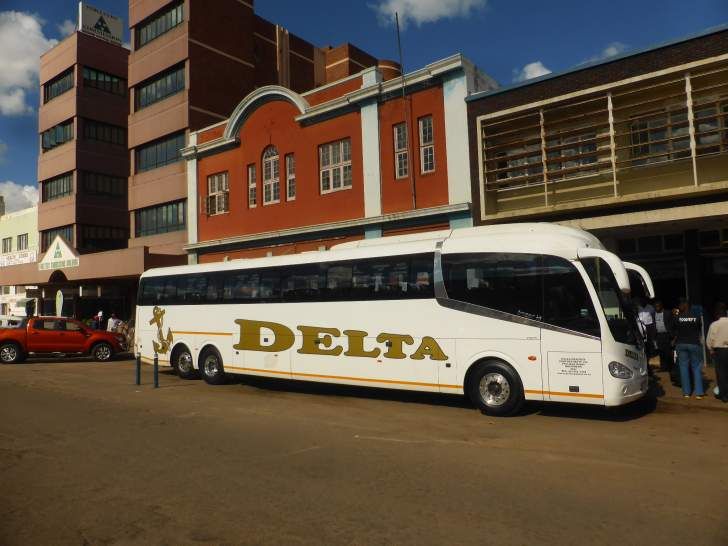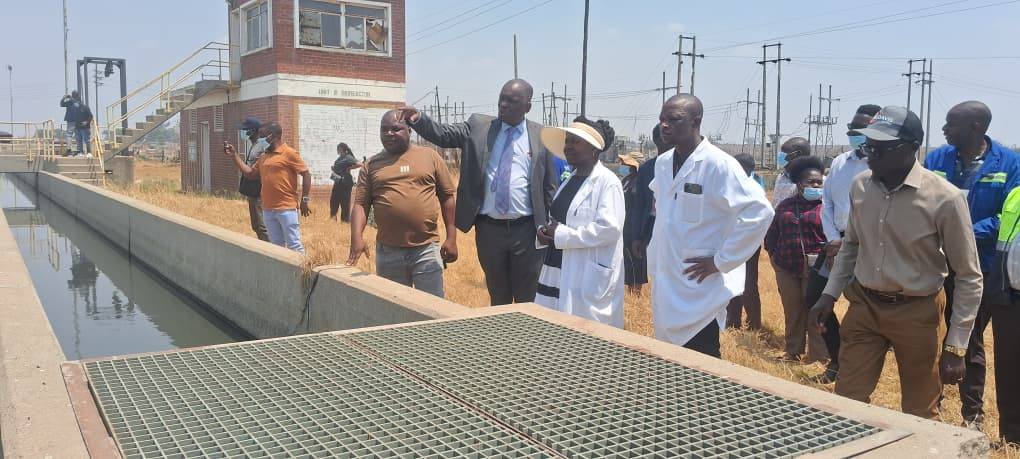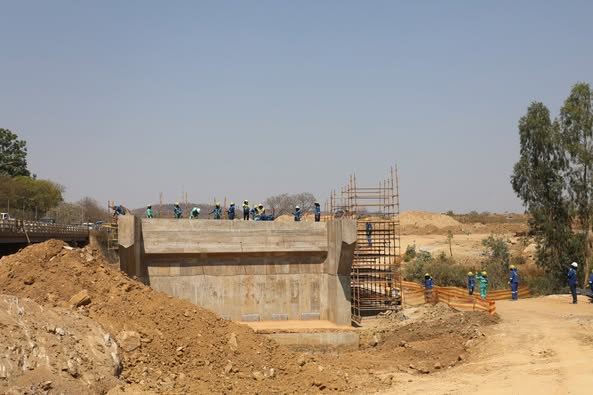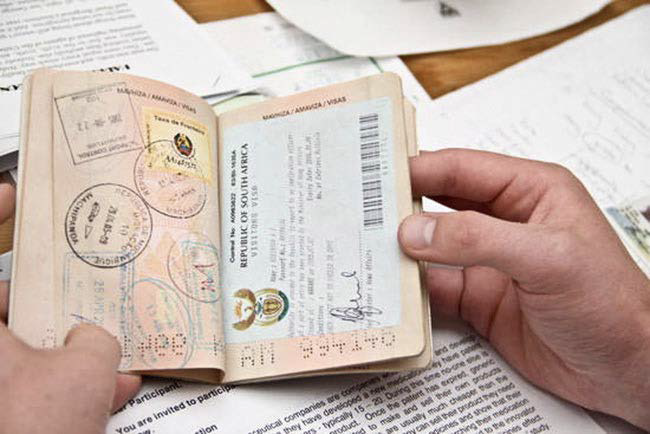Zimbabwe is gearing up for a potentially record-breaking agricultural season as the Government mobilises 16,000 tractors to accelerate land preparation ahead of the 2025-2026 summer cropping season.
The ambitious mechanisation drive, part of the Second Republic's broader agricultural transformation agenda, is designed to ensure that vast tracts of land are tilled before the onset of the rains, allowing farmers to plant early and maximise yields.
The Meteorological Services Department (MSD) has forecast a delayed start to the rainy season, with rains expected in November before intensifying to above-normal levels in December and January, tapering off in March.
Speaking on the sidelines of the 4th African Plant Breeders Association Conference in Victoria Falls, Lands, Agriculture, Fisheries, Water and Rural Development Minister Dr. Anxious Masuka said Cabinet has approved the 2025-2026 summer cropping plan, which aims for an unprecedented surplus.
"Cabinet approved the 2025-2026 summer plan. We aim to ensure that we produce 33 percent above our annual cereal requirement, exceeding the 10 percent policy target," said Dr. Masuka.
Dr. Masuka said the mobilisation of tractors complements rapid progress in the Pfumvudza/Intwasa conservation agriculture programme, which remains a cornerstone of household food security.
"We want to do one million hectares under Pfumvudza/Intwasa, of which 200,000 hectares will be maize. We have already established more than five million Pfumvudza plots compared to 3.4 million this time last year, showing significant progress," he said.
The Second Republic has continued to promote Pfumvudza/Intwasa as a climate-smart, efficient land-use system that enables smallholder farmers to boost productivity even in low-rainfall areas. The Government is targeting 100 percent participation by smallholders to secure national and household food security.
Dr. Masuka said this year's strategy aligns crops with agro-ecological zones, ensuring suitability to soil and rainfall conditions.
"We are aligning crops to the agro-ecological zones - traditional grains in regions 3, 4, and 5 - while expanding maize and soya in high-rainfall areas," he explained.
To mitigate the effects of climate variability, Zimbabwe is also expanding its irrigation footprint, which currently stands at 123,000 hectares, with an additional 100,000 hectares under development for summer cereals through the National Irrigation Rehabilitation Programme.
"We are making steady progress and expect 275,000 hectares under irrigation soon. That must be complemented by additional land preparation, and for that we have mobilised 16,000 tractors," said Dr. Masuka.
Government has already begun moving seed and fertiliser to Grain Marketing Board (GMB) depots nationwide for early distribution under the Presidential Input Scheme.
"We have started moving seed and fertiliser to GMB depots. Any distribution should start in the coming week," the minister said.
The tractor mobilisation and favourable climate outlook have been welcomed by farmers, who are optimistic about strong yields.
Zimbabwe Farmers Union (ZFU) secretary-general Paul Zakariya said the sector is energised by the positive rainfall forecast.
"We are happy with the favourable rainfall predictions. Farmers are already preparing their land and procuring inputs. With 16,000 tractors available, land preparation will be in full swing," he said.
He added that mechanisation now covers a broader range of agricultural processes, including harvesting.
"Mechanisation now covers combine harvesters for crops like wheat and soya beans, which is critical as we transition between seasons," Zakariya noted.
Zimbabwe Commercial Farmers Union (ZCFU) vice president Winston Babbage confirmed that the equipment is readily accessible from suppliers such as the Land Bank and Rural Infrastructure Development Agency (RIDA).
"The machinery is available, and farmers are already in the fields preparing under the Pfumvudza/Intwasa programme," he said.
The Government's focus on mechanisation, irrigation expansion, and conservation farming is part of its broader effort to climate-proof agriculture and safeguard citizens from the impacts of drought and erratic rainfall patterns.
The Pfumvudza/Intwasa model, which promotes precision, minimum tillage, and moisture conservation, has been widely credited with helping Zimbabwe avert food shortages during recent dry spells.
Zimbabwe's maize production targets have been segmented across several programmes — Pfumvudza/Intwasa, National Enhanced Agricultural Productivity Scheme (NEAPS), Food Crop Contractors Association, self-financed farmers, and the Agricultural Rural Development Authority (ARDA) — covering a total of 1.8 million hectares.
Inputs, including fertiliser and seed, are already available under collateral management systems, ensuring farmers are adequately supported to achieve the nation's ambitious targets.
- online
 Delta bus to Zimbabwe hijacked in Joburg
Delta bus to Zimbabwe hijacked in Joburg  Foundation welcomes extension of Zimbabwe Permits
Foundation welcomes extension of Zimbabwe Permits  India dumps US Treasury bills
India dumps US Treasury bills  Zimbabwe's dollar stock exchange surges 45%
Zimbabwe's dollar stock exchange surges 45%  Gold edges up as traders await guidance
Gold edges up as traders await guidance  New offtake deal needed to boost Zulu output
New offtake deal needed to boost Zulu output  Young Investment Professional (YIP) Graduate Programme 2019
Young Investment Professional (YIP) Graduate Programme 2019 










 Young Investment Professional (YIP) Graduate Programme 2019
Young Investment Professional (YIP) Graduate Programme 2019
Editor's Pick